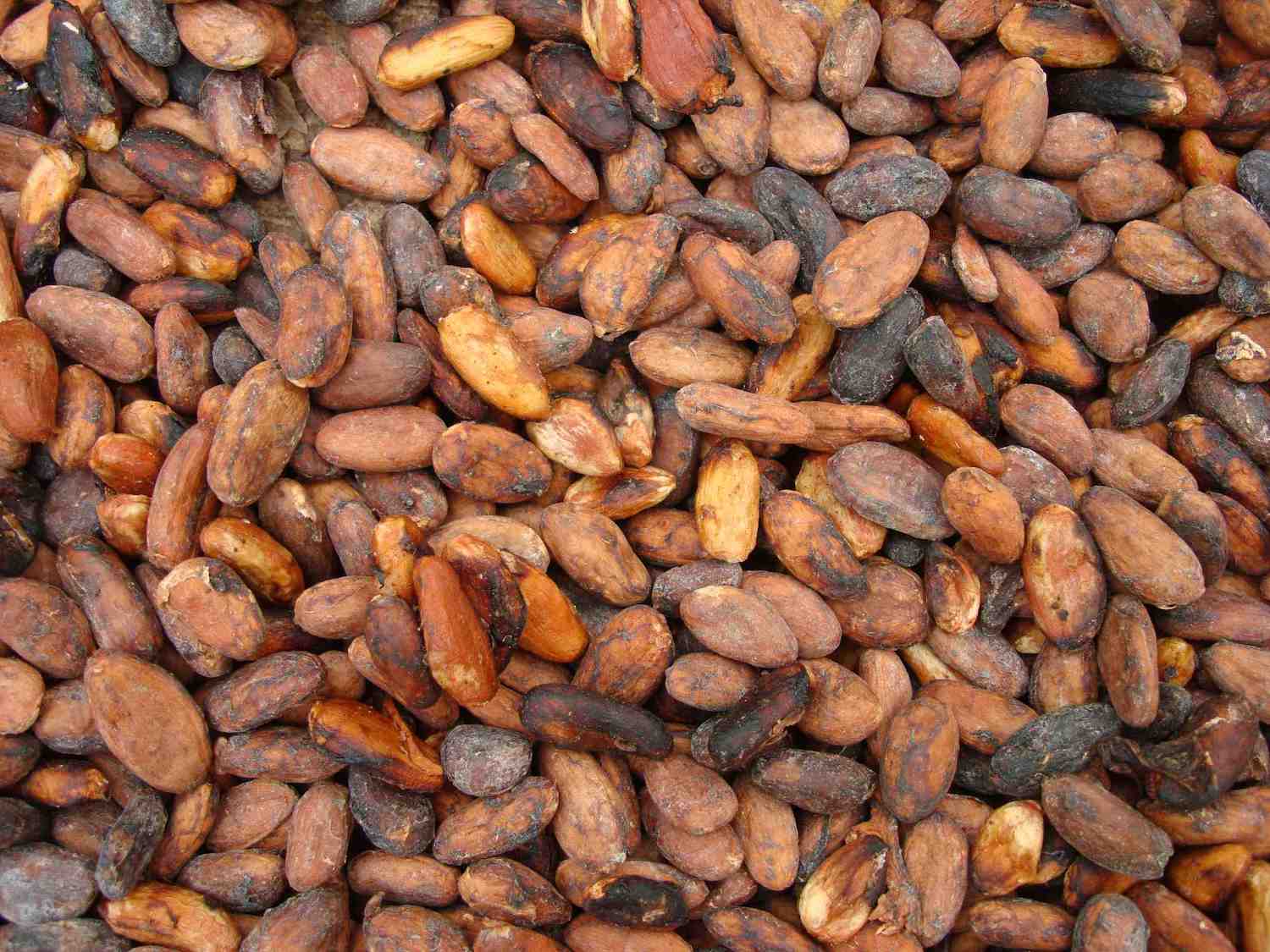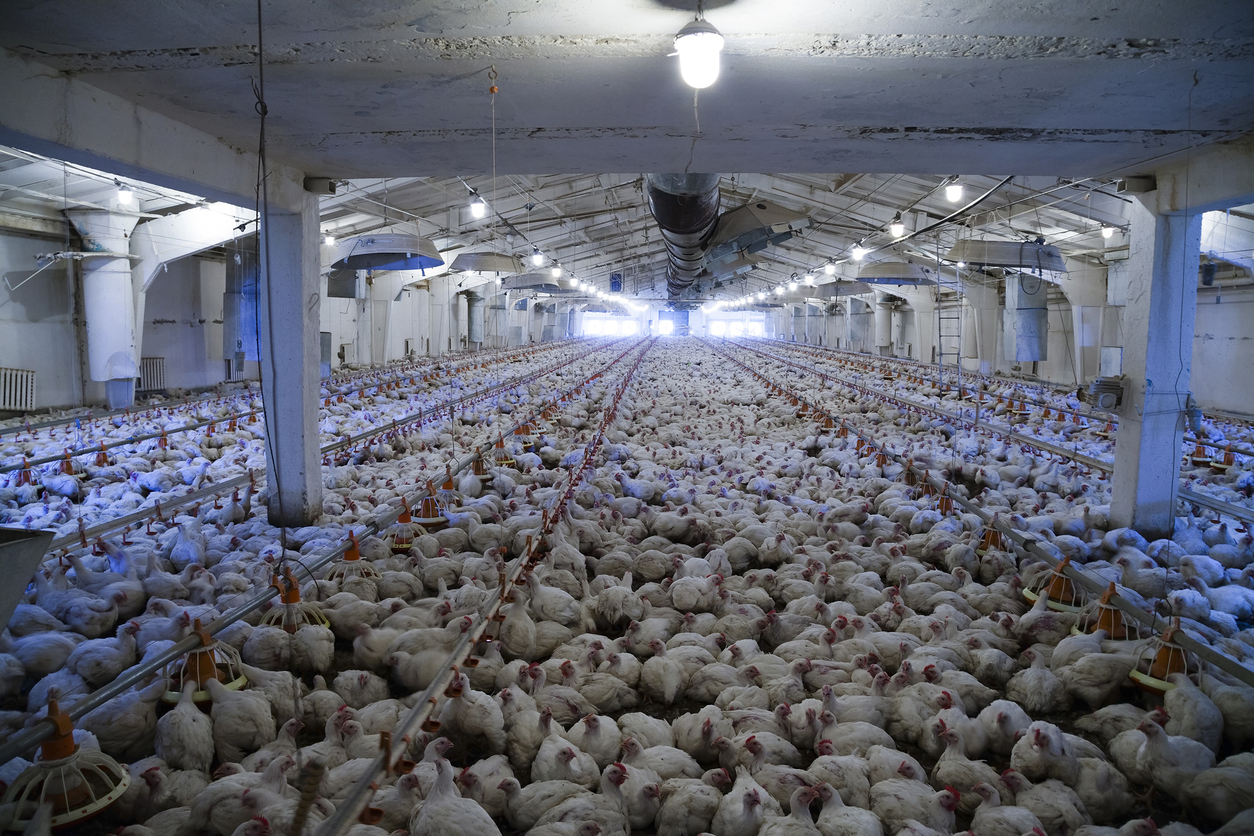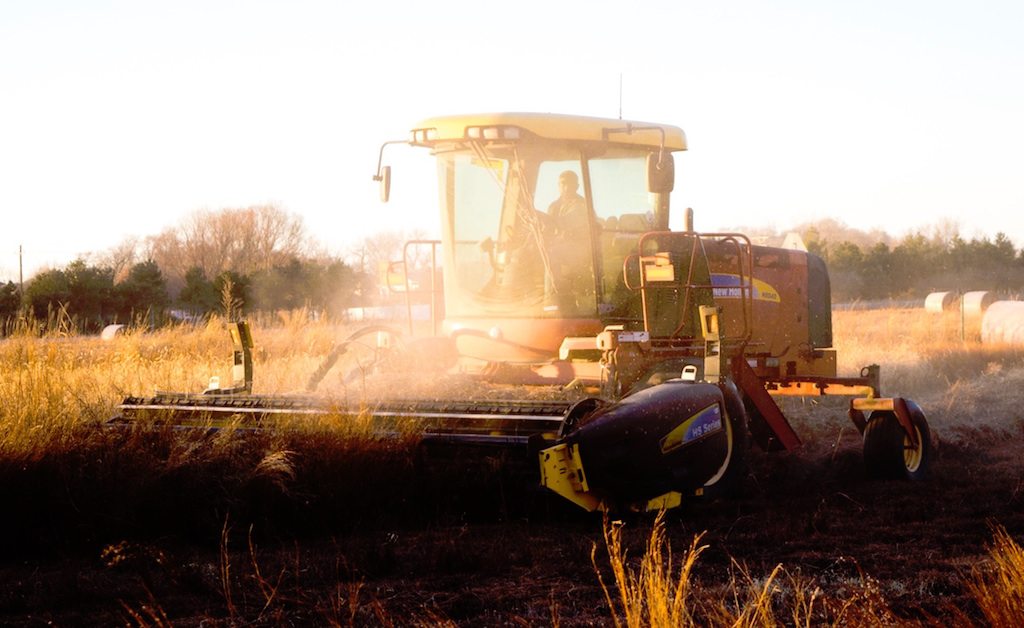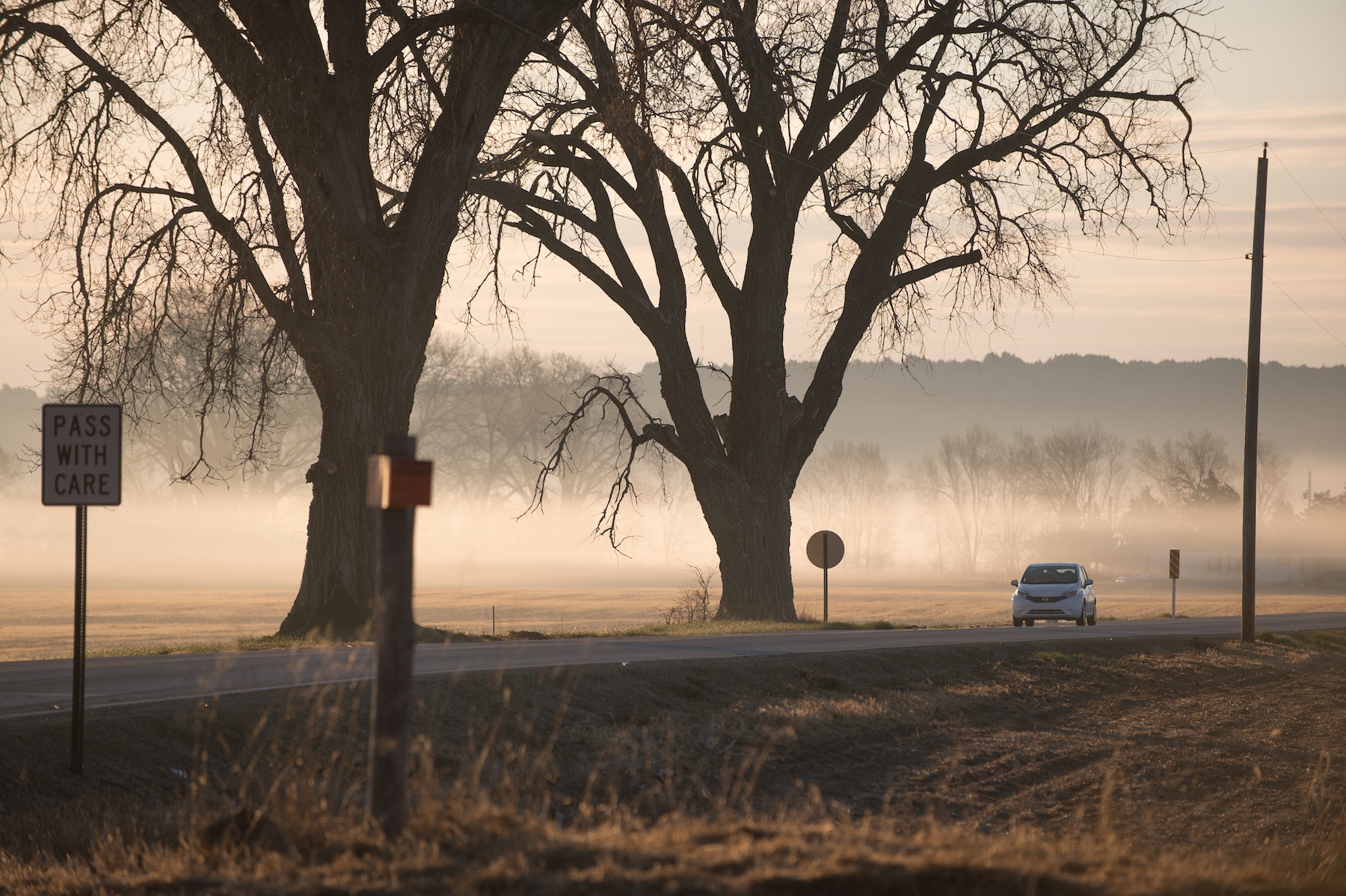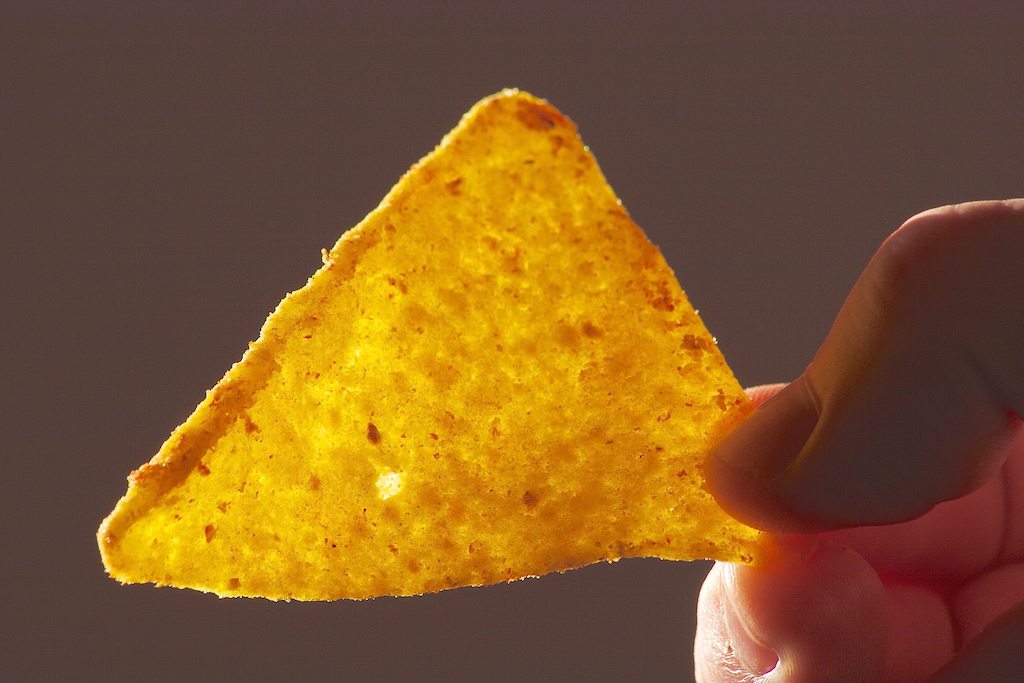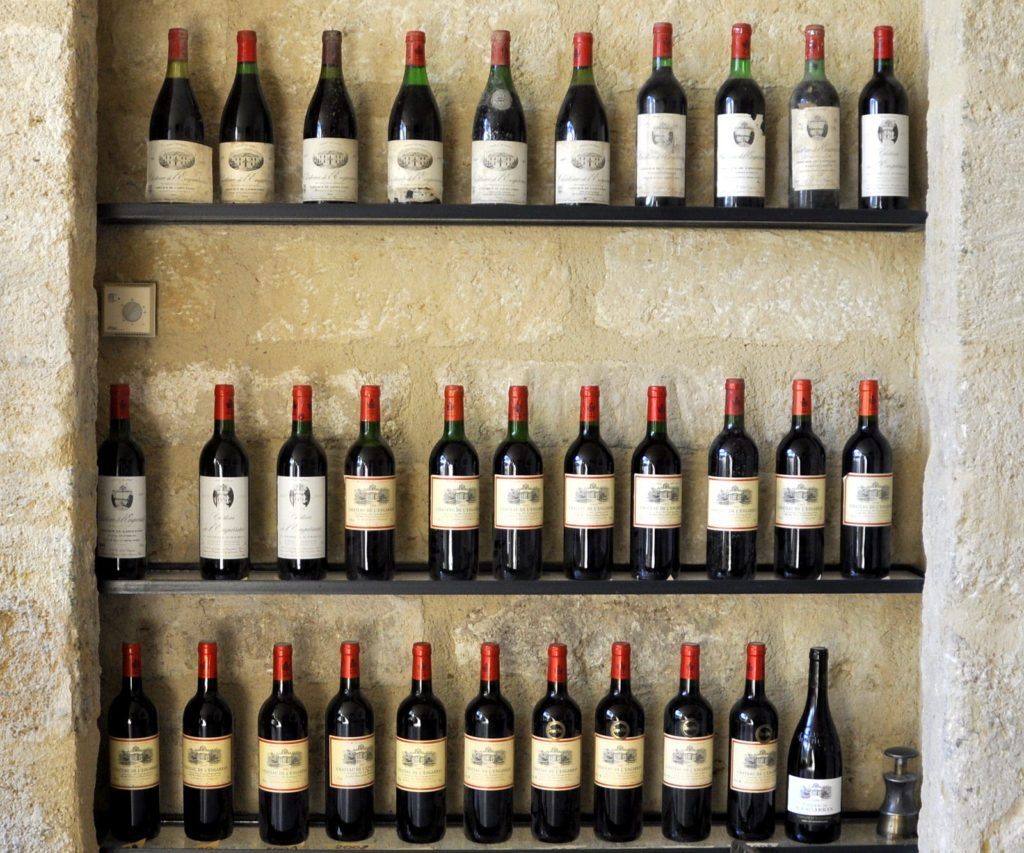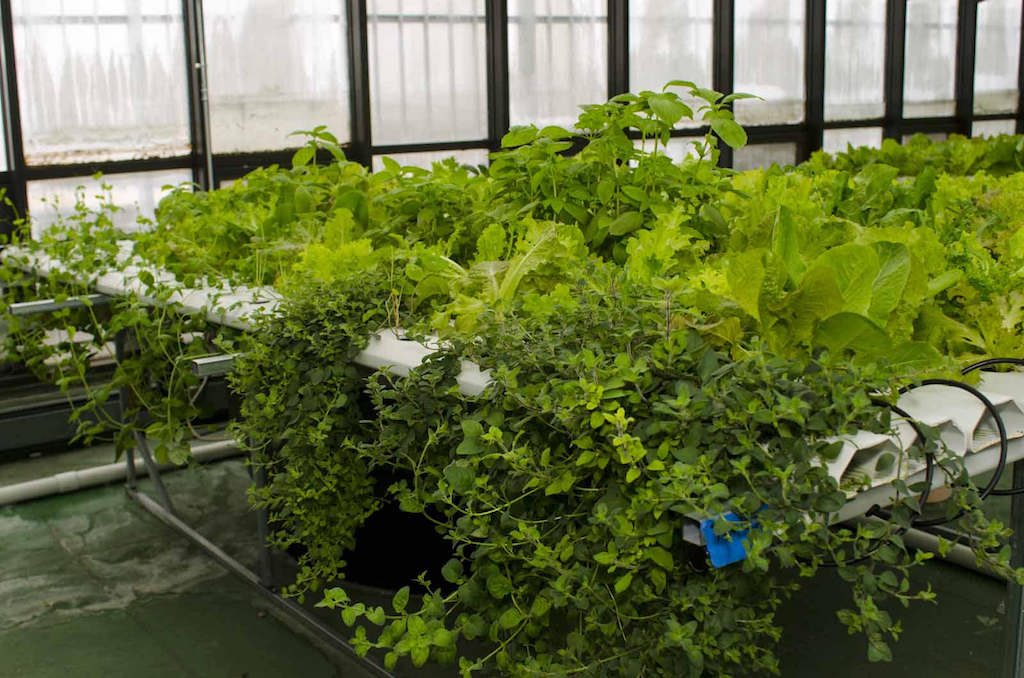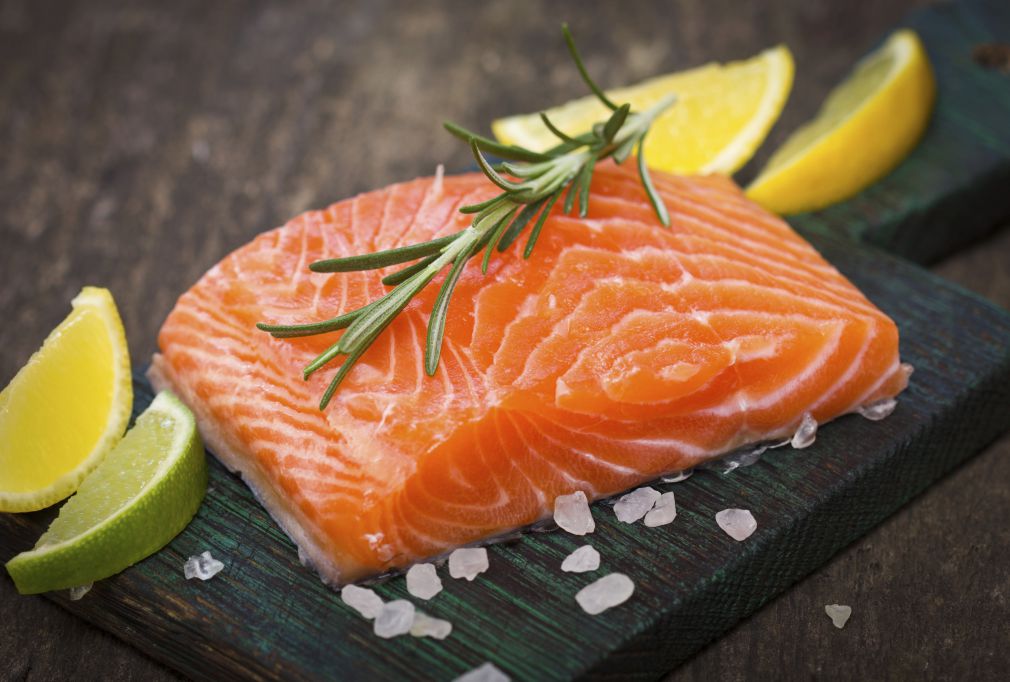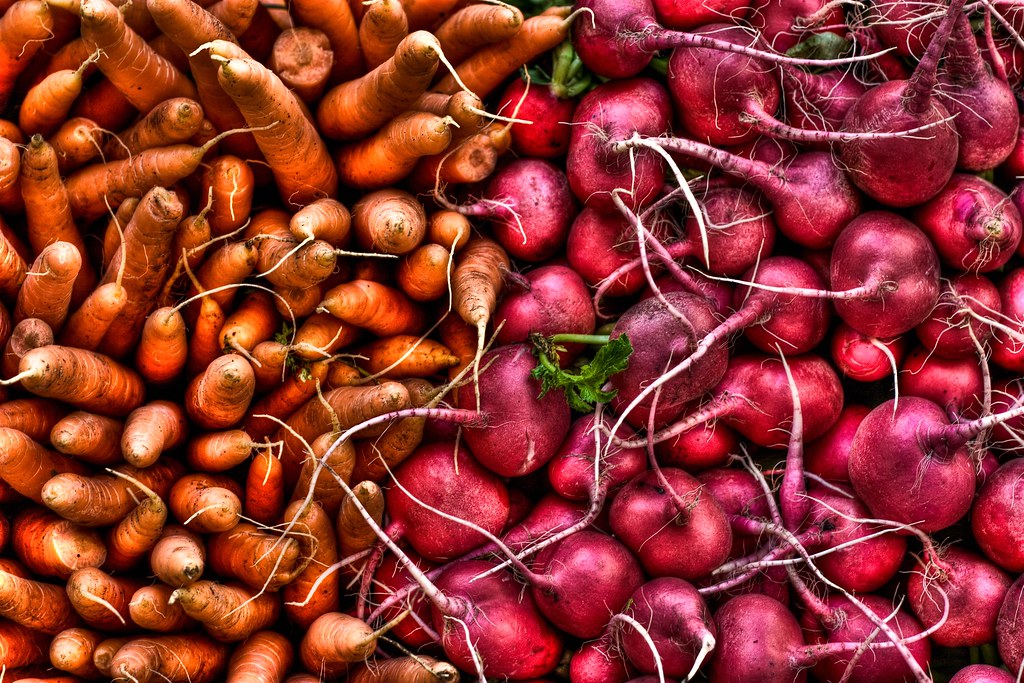This is the web version of a list we publish twice-weekly in our newsletter. It comprises the most noteworthy food stories of the moment, selected by our editors. Get it first here.
Fire, fire. The pair of fires ravaging California showed no sign of abating on Tuesday morning. Up north, the massive Kincade fire in Sonoma County wine country has destroyed 123 structures, including 57 homes, since starting a week ago, the Los Angeles Times reports. Multiple wineries have closed, some of them permanently. At the same time, in Los Angeles, firefighters are still struggling to contain the blaze along the 405 Freeway, near the Getty Center. With some of the strongest winds of the season expected to hit California this week, residents who fled their homes are bracing for more fear and uncertainty, while millions of others face prolonged power outages. “We’re nowhere near done with this,” Thom Porter, chief of the California Department of Forestry and Fire Protection, told the Times. “We need widespread, statewide rain before this is over.”
Scarily deceptive. Just in time for Halloween, a Washington Post investigation found that the top international entity regulating certified cocoa has “alarming” problems with its compliance reviews. Utz, a Dutch organization that audits more than two-thirds of the world’s certified cocoa, approved product from West African farms that employed children, often in dangerous conditions, and contributed to deforestation—a clear violation of its mandate. The findings reflect poorly on candy companies like Hershey, Nestlé, and Mars, who, according to the Post, have used certification to beat back accusations of supply chain abuses. “You now have to ask, ‘what is the point of “certification” of cocoa?’” said Etelle Higonnet, senior campaign director for Mighty Earth, an environmental group trying to stop deforestation. “They’re trashing the forests, and they don’t pay farmers a living income.”
Pivot to sauce pans. The marketing minds that helped define a number of memorable brands—including Everlane, Sweetgreen, Harry’s Razors, and even the CBD seltzer Recess—have burned out, Buzzfeed News reports. Their solution to that empty feeling? Design products to sell to other people who also feel beaten down, people who might easily be convinced that some nice new cookware accompanied by a culinary advice service might ease their profound sense of exhaustion. Perhaps the most demoralizing takeaway from the story: The vice president of the trend-forecasting firm that predicted the rise of wellness culture told writer Anne Helen Peterson that “burnout is the green juice of 2019.” Get ready for a wave of corporate-speak engineered to cater to your sense of malaise.
Wake and bacon. America has more bacon in cold storage than ever—40.7 million pounds of it, to be exact. This embarrassment of riches can be explained by two factors, Bloomberg reports. For one, demand for bacon, which comes from pork belly, is largely domestic, while other pork products like ham have more of a market abroad. For another, American farmers are producing more hog carcasses than ever before, hoping to supply the needs of China, which has seen millions of its pigs killed by African swine fever. The disease hasn’t reached U.S. soil yet (*knocks on wood*) but in the meantime, researchers are racing around the clock to develop a vaccine.
